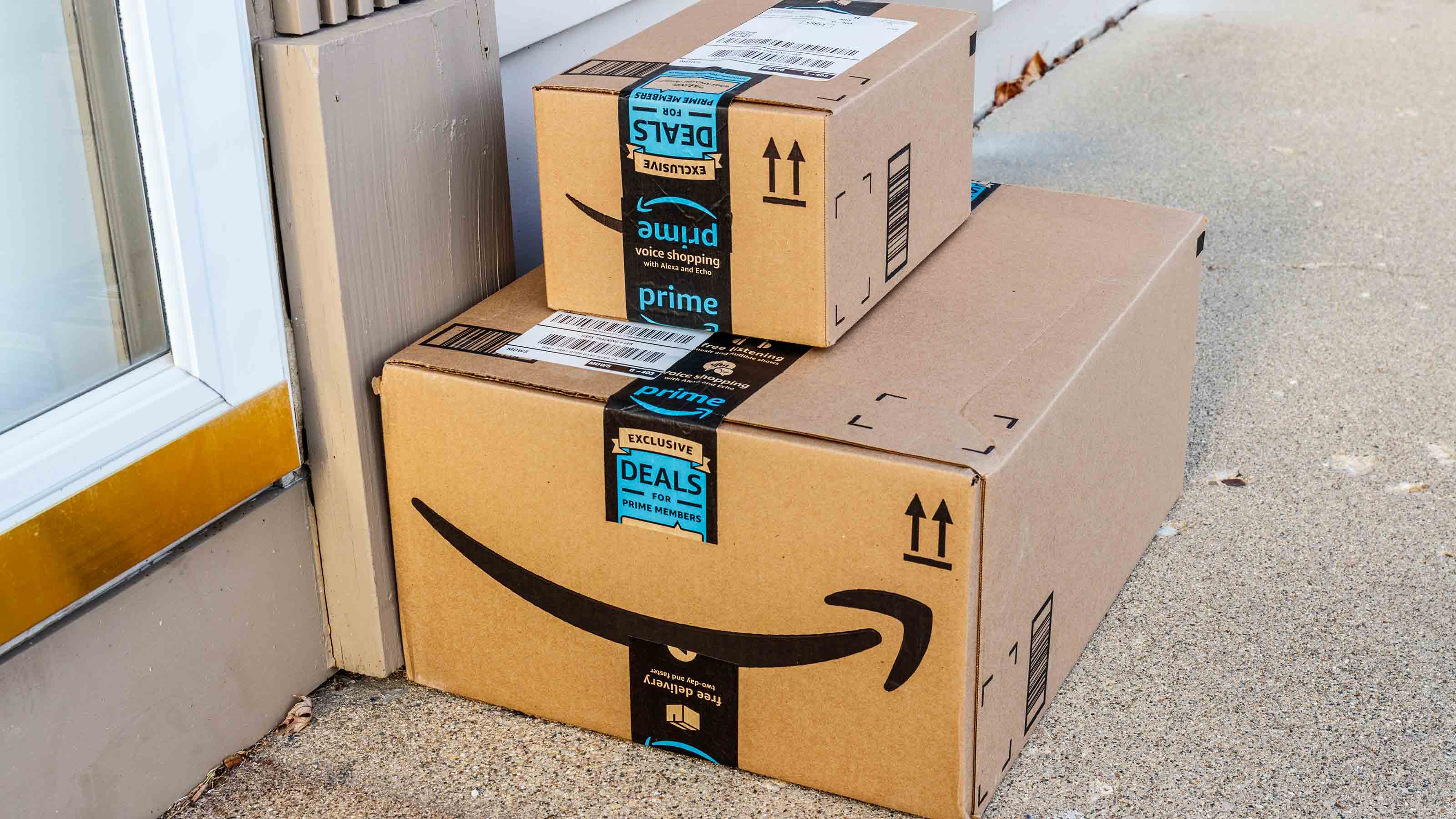3 Out-of-the-Box Proposals to Fix the Student Loan Mess
Education gurus push novel solutions to the debt problem.

The numbers are eye-popping. Student loan debt in the U.S. now stands at $1.1 trillion, with a current rate of default approaching 15% for loans within three years of beginning repayment. Still, fears of a crisis on the order of the recent mortgage meltdown seem overblown, with two in five borrowers on the hook for less than $10,000. What’s scary is that you don’t need an exorbitant loan balance to face financial hardship. The highest rate of late payments is among borrowers with outstanding loans of less than $5,000, says Beth Akers, a fellow at the Brookings Institution. Clearly, the current college-financing system is in need of repair, if not outright overhaul. To learn how to borrow wisely, see The Right Way to Borrow for College. For three out-of-the-box proposals to fix the student loan market over the long term, read on.
See Our Slide Show: 9 Ways to Reduce Your Student Loan Debt
1. Streamline repayment. Replace the bewildering array of existing options for repaying federal loans with a single, income-based plan, says economics professor Daniel Kreisman, of Georgia State University. After leaving college, borrowers would be automatically enrolled in the program. Your employer would deduct a fraction of your paycheck to apply toward the debt (you’d check a box on your W-4 form if you have a loan to repay), starting at 3% on the first $10,000 of income and rising as earnings increase, to a cap of 10%. Interest rates would fluctuate with market rates, and your contributions would stop when the loan was repaid or after 25 years. You could indicate on your W-4 that you want to pay back the loan faster.
Drawback: The plan could stretch out the typical 10-year payback period, increasing the amount of interest paid.

Sign up for Kiplinger’s Free E-Newsletters
Profit and prosper with the best of expert advice on investing, taxes, retirement, personal finance and more - straight to your e-mail.
Profit and prosper with the best of expert advice - straight to your e-mail.
2. Give colleges skin in the game. Schools already lose access to federal aid if their students’ default rates soar. But some experts want colleges to pay as much as 20% of the losses incurred on bad loans at their school. “The lender takes all the risk. The student has the obligation to pay. But colleges just get the money,” says finance scholar Alex Pollock, of the American Enterprise Institute. Sharing the risk puts more of the onus on schools to keep academic standards high and ensure students’ success.
Drawback: Schools that serve high-risk populations might be unfairly penalized.
3. Let investors foot the bill. Income-sharing agreements, or ISAs, give investors the right to a slice of a student’s future earnings for a fixed period. Agreements are tailor-made; terms might be more favorable for an engineering major in a top program than for a humanities student at a lower-tier school. Lest you think that all the money would go to Harvard financiers, consider that you’d expect abundant funding at, say, a community college with ties to area employers and a strong vocational bent. The beauty of this human-capital market is that it alerts prospective students to high-quality, low-cost programs, says Vanderbilt finance professor Miguel Palacios, cofounder of Lumni, one of a few firms making such deals. Regulatory uncertainty about ISAs are for now their biggest hurdle.
Drawback: Fields of study deemed valuable by society but not necessarily lucrative might find it hard to tap the ISA market.
Get Kiplinger Today newsletter — free
Profit and prosper with the best of Kiplinger's advice on investing, taxes, retirement, personal finance and much more. Delivered daily. Enter your email in the box and click Sign Me Up.

Anne Kates Smith brings Wall Street to Main Street, with decades of experience covering investments and personal finance for real people trying to navigate fast-changing markets, preserve financial security or plan for the future. She oversees the magazine's investing coverage, authors Kiplinger’s biannual stock-market outlooks and writes the "Your Mind and Your Money" column, a take on behavioral finance and how investors can get out of their own way. Smith began her journalism career as a writer and columnist for USA Today. Prior to joining Kiplinger, she was a senior editor at U.S. News & World Report and a contributing columnist for TheStreet. Smith is a graduate of St. John's College in Annapolis, Md., the third-oldest college in America.
-
 Stock Market Today: S&P 500, Dow Snap Win Streaks
Stock Market Today: S&P 500, Dow Snap Win StreaksBerkshire Hathaway shares tumbled after Warren Buffett said he'll step down as CEO of the holding company at the end of the year.
-
 The Best Energy Stocks to Buy
The Best Energy Stocks to BuyEnergy stocks can expose investors to volatile oil and gas prices. Here's how to find the best energy stocks to buy now.
-
 Roth IRA Contribution Limits for 2025
Roth IRA Contribution Limits for 2025Roth IRAs Roth IRA contribution limits have gone up. Here's what you need to know.
-
 Four Tips for Renting Out Your Home on Airbnb
Four Tips for Renting Out Your Home on Airbnbreal estate Here's what you should know before listing your home on Airbnb.
-
 Five Ways to a Cheap Last-Minute Vacation
Five Ways to a Cheap Last-Minute VacationTravel It is possible to pull off a cheap last-minute vacation. Here are some tips to make it happen.
-
 How to Figure Out How Much Life Insurance You Need
How to Figure Out How Much Life Insurance You Needinsurance Instead of relying on rules of thumb, you’re better off taking a systematic approach to figuring your life insurance needs.
-
 Amazon Big Deal Days Is Coming! We’ve Got All the Details
Amazon Big Deal Days Is Coming! We’ve Got All the DetailsAmazon Prime To kick off the holiday season with a bang, Amazon Big Deal Days runs Tuesday, October 8 and Wednesday, October 9.
-
 How to Shop for Life Insurance in 3 Easy Steps
How to Shop for Life Insurance in 3 Easy Stepsinsurance Shopping for life insurance? You may be able to estimate how much you need online, but that's just the start of your search.
-
 Five Ways to Shop for a Low Mortgage Rate
Five Ways to Shop for a Low Mortgage RateBecoming a Homeowner Mortgage rates are high this year, but you can still find an affordable loan with these tips.
-
 Retirees, It's Not Too Late to Buy Life Insurance
Retirees, It's Not Too Late to Buy Life Insurancelife insurance Improvements in underwriting have made it easier to qualify for life insurance, which can be a useful estate-planning tool.